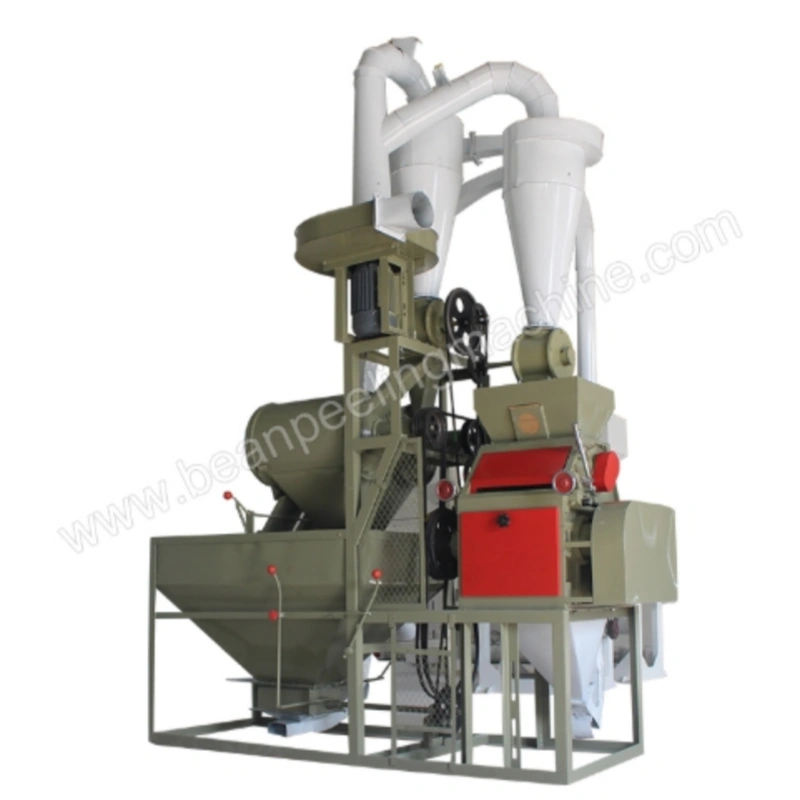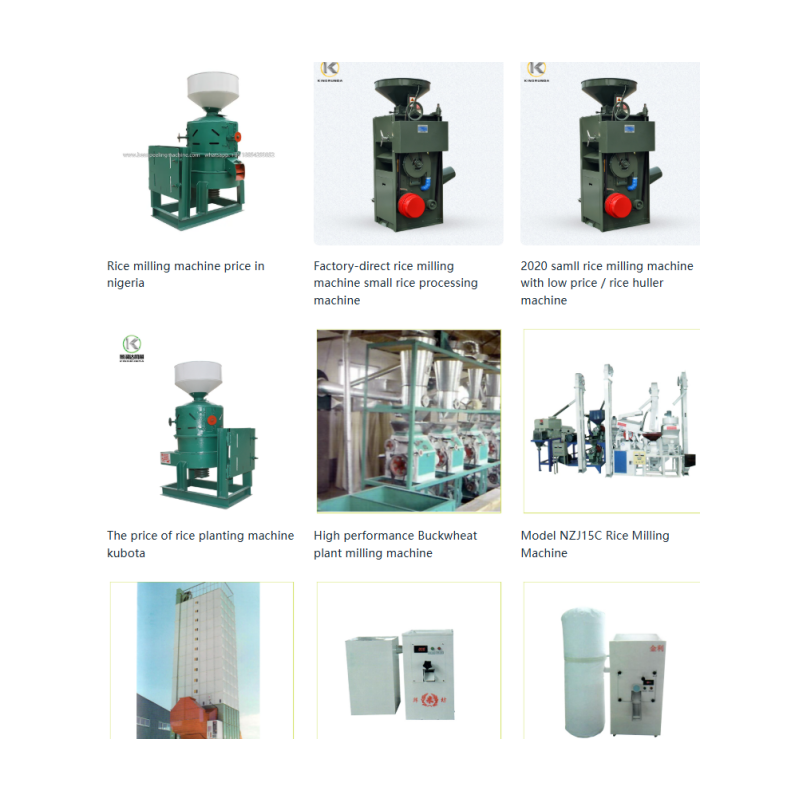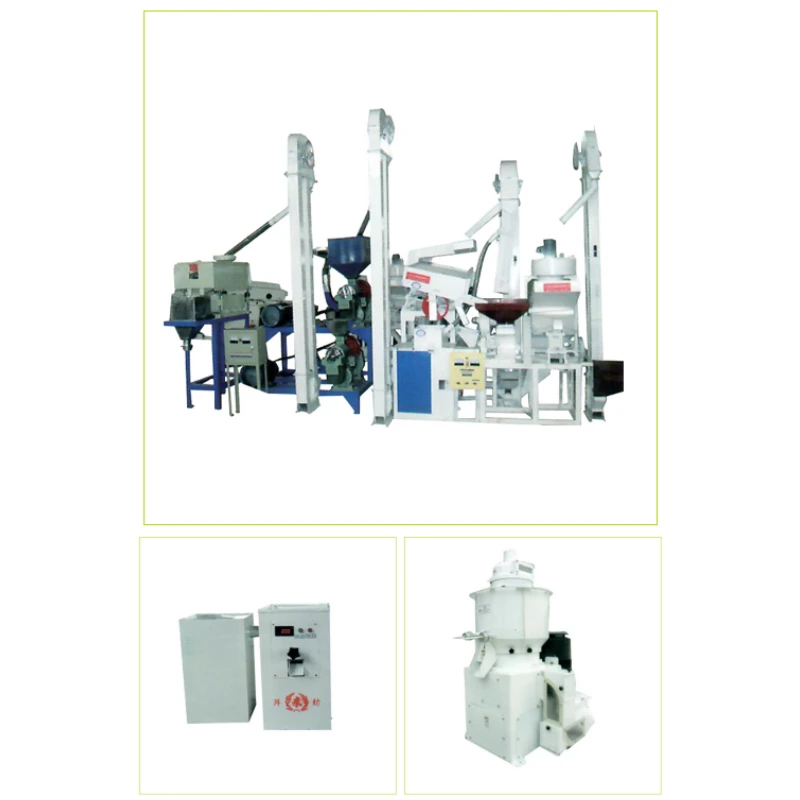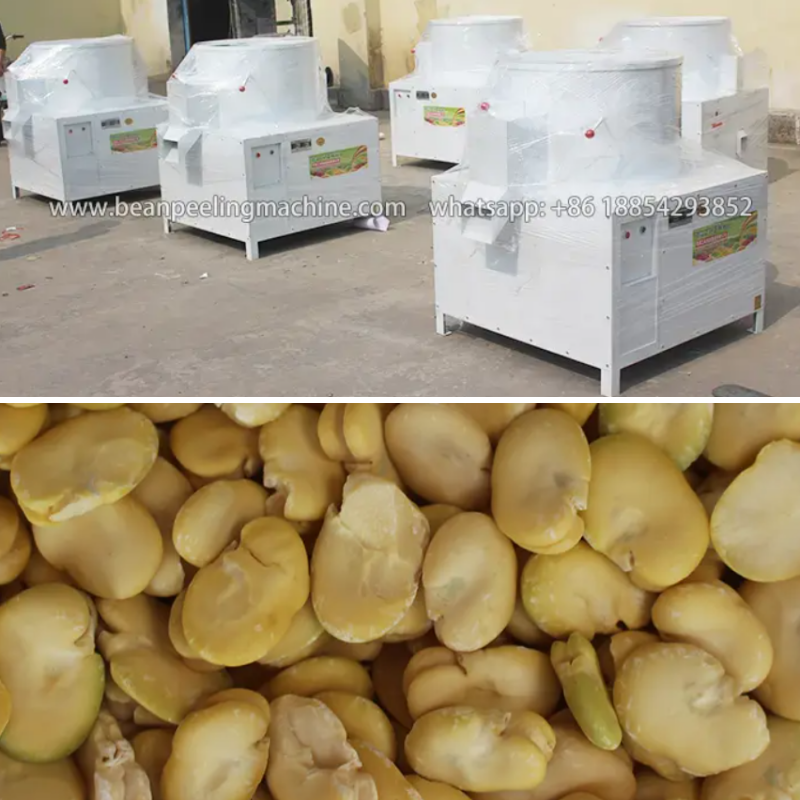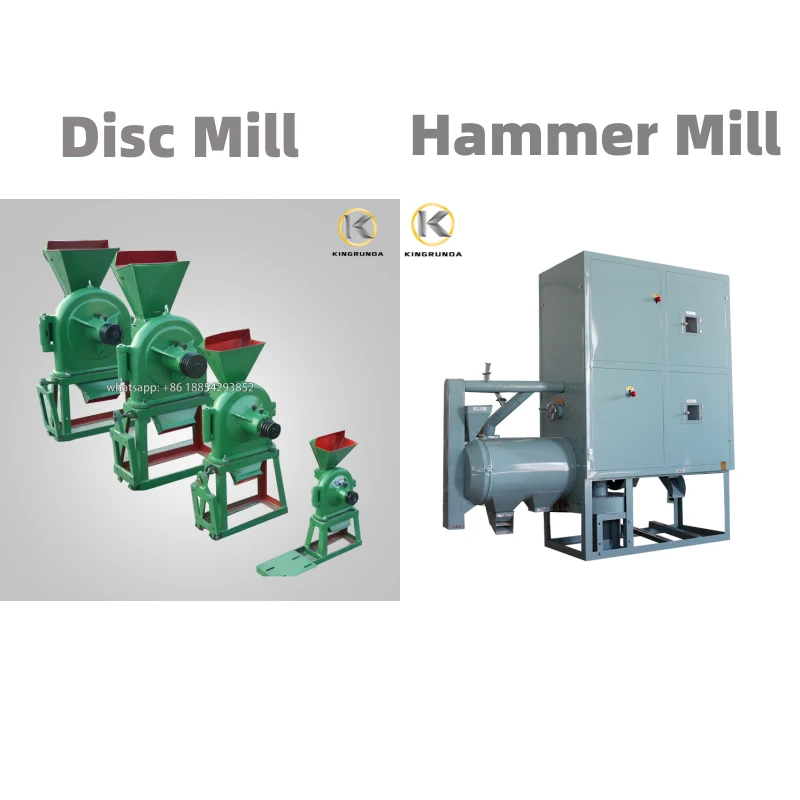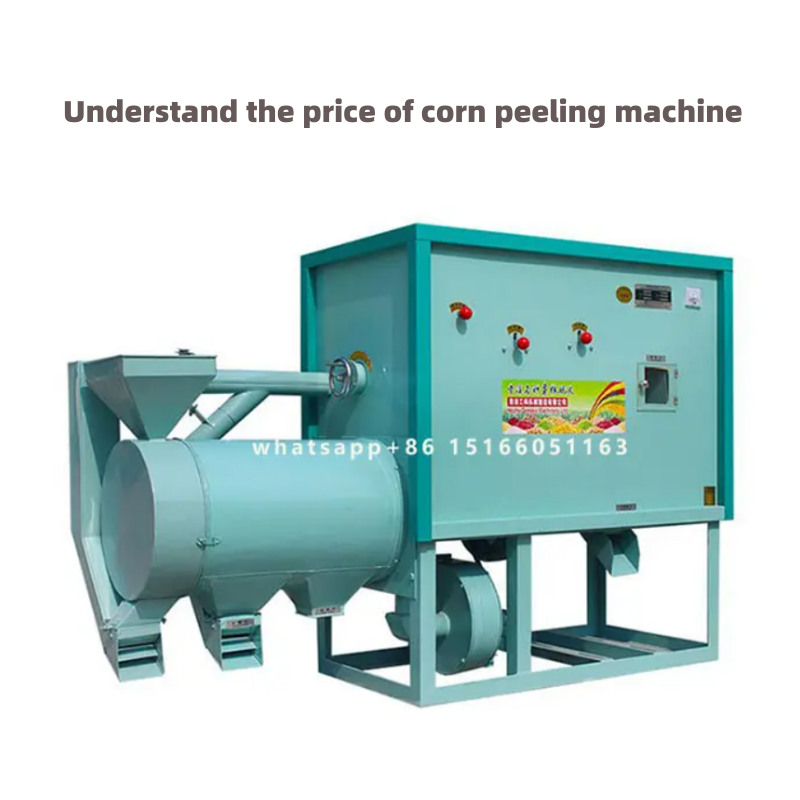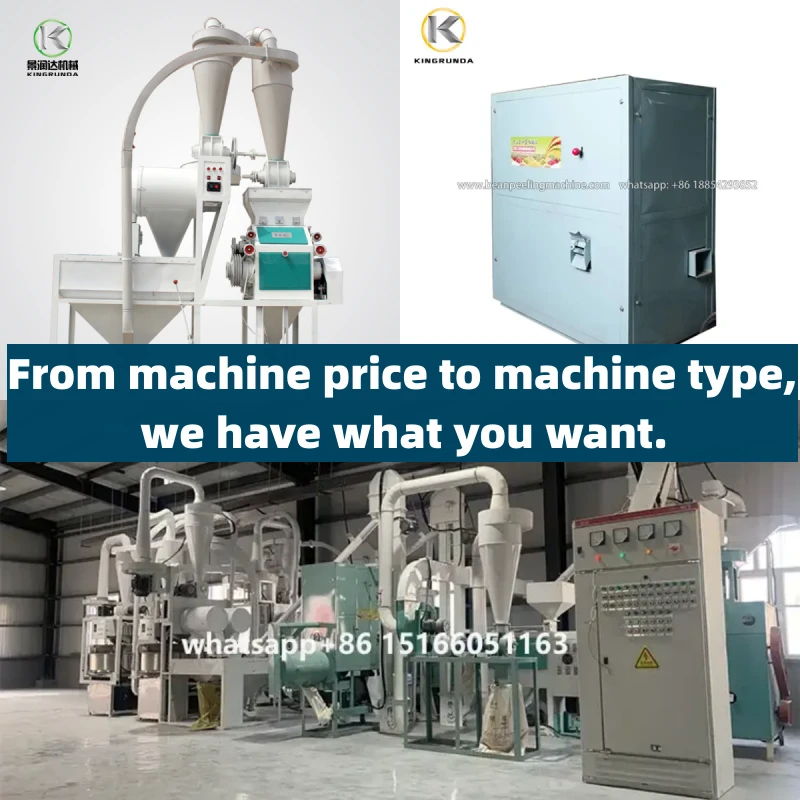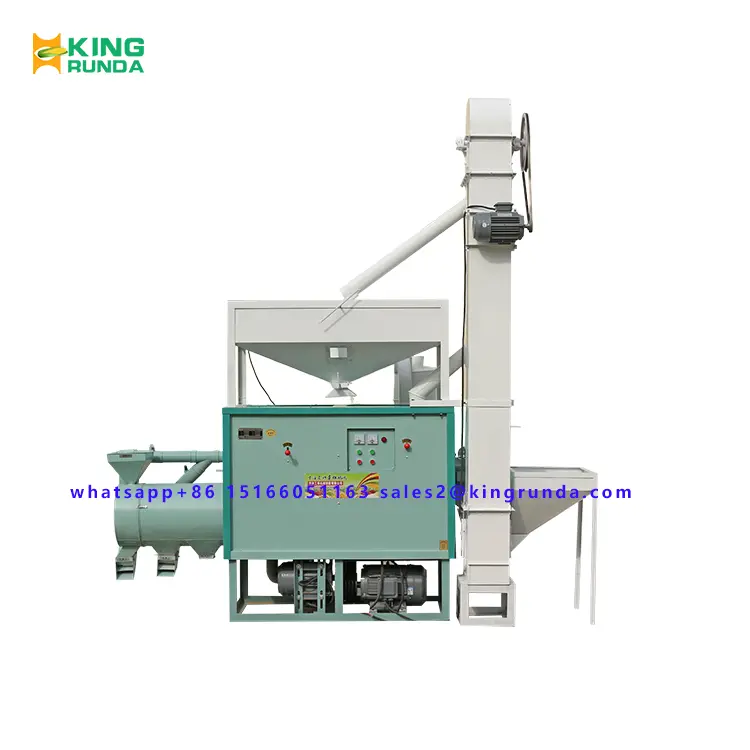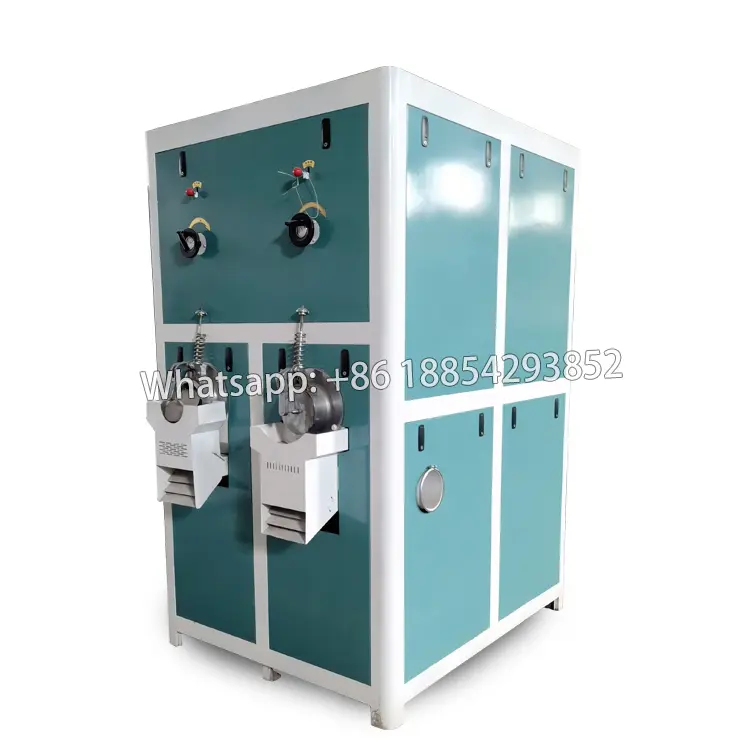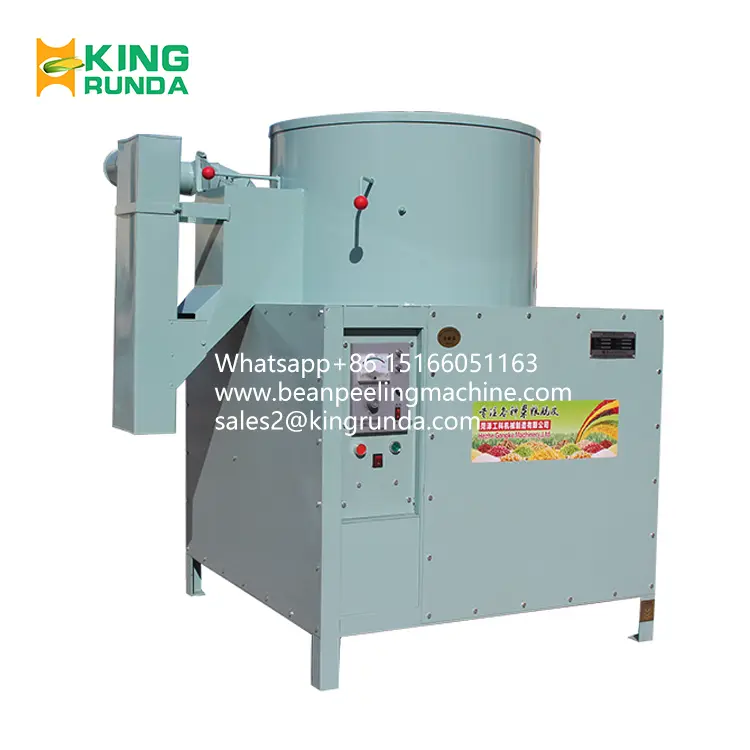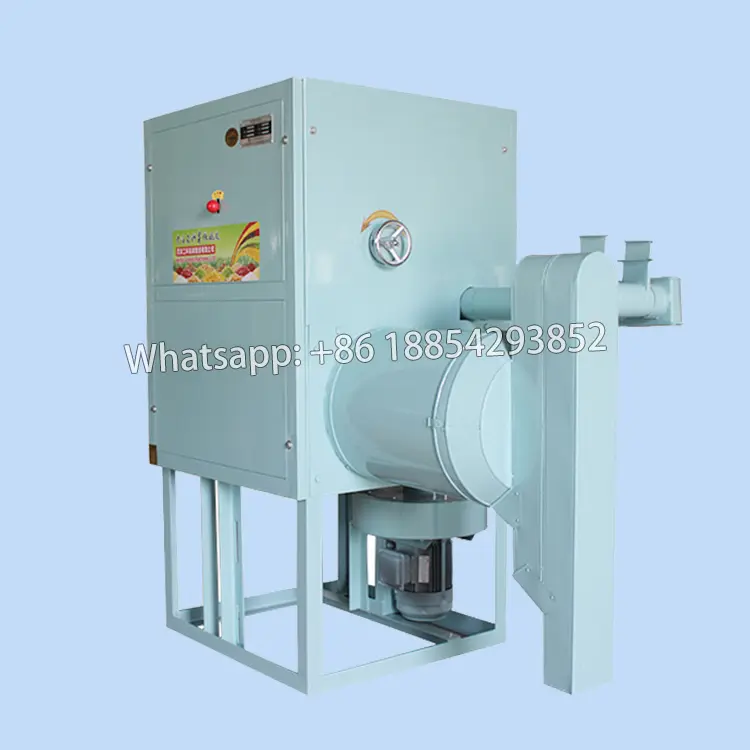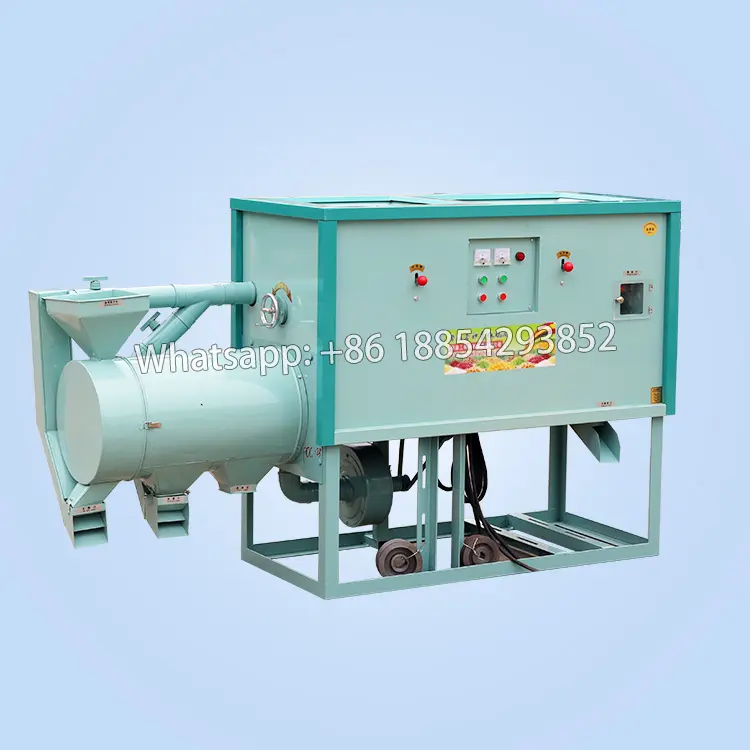Wheat flour milling machines play a crucial role in both home kitchens and commercial food production, transforming whole wheat grains into fine, versatile flour. For home bakers and small-scale producers, these machines offer the freedom to create fresh, preservative-free flour with full control over texture and nutritional content. On an industrial scale, commercial milling machines ensure high efficiency and consistent quality, meeting the demands of bakeries, restaurants, and food manufacturers.
Choosing the right wheat flour milling machine significantly impacts the final product’s quality, production efficiency, and overall cost. A well-selected machine preserves the wheat’s natural nutrients, produces uniform flour, and operates with minimal energy waste. On the other hand, an unsuitable model may lead to poor flour texture, overheating (which damages nutrients), or excessive maintenance costs. Whether for personal use or business, investing in the right equipment ensures long-term savings and superior results.
This comprehensive guide explores the different types of wheat flour milling machines (including stone mills, roller mills, and hammer mills), compares price ranges for various models, and provides essential buying tips to help you make an informed decision. By the end, you’ll understand which machine best fits your needs—whether you’re a home baker seeking whole-grain flour or a business owner looking for high-capacity milling solutions. Let’s dive in!
Types of Wheat Flour Milling Machines: A Detailed Comparison
Wheat flour milling machines come in various designs, each suited for different production scales and flour quality requirements. Understanding the differences between stone mills, roller mills, and impact mills—as well as home vs. commercial machines—helps you choose the best option for your needs. Below, we explore each type in detail, including how they work, their advantages, disadvantages, and ideal use cases.
1. Stone Mill (Traditional Stone Grinder)
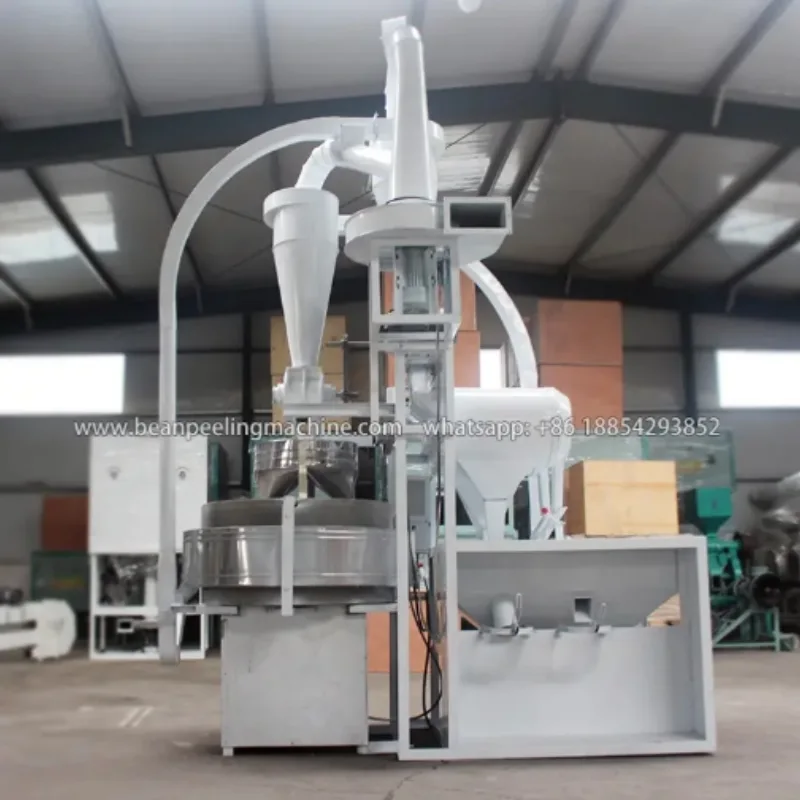
How It Works
A stone mill, one of the oldest flour milling methods, crushes wheat grains between two large grinding stones. One stone remains stationary while the other rotates, grinding the wheat into flour through friction. Traditional stone mills are often manually operated, though modern electric versions are also available.
Pros
✔ Retains Nutrients – The slow grinding process prevents overheating, preserving wheat germ, fiber, and natural oils for healthier, whole-grain flour.
✔ Authentic Flavor – Produces flour with a rustic, nutty taste preferred by artisan bakers.
✔ Versatile – Can grind other grains (rye, spelt, corn) and even nuts into butter.
✔ Low Energy Use – Manual stone mills require no electricity, making them eco-friendly.
Cons
✖ Low Output – Slower grinding speed means lower production capacity (not ideal for large batches).
✖ Maintenance Required – Stones must be periodically re-dressed (resharpened) to maintain efficiency.
✖ Coarse Flour – May require sifting for fine flour, unlike roller mills.
Best For:
Home bakers who prioritize nutrition and flavor over speed.
Off-grid or sustainable living setups (manual models).
Small-scale organic flour production.
2. Roller Mill (Modern/Industrial Flour Mill)
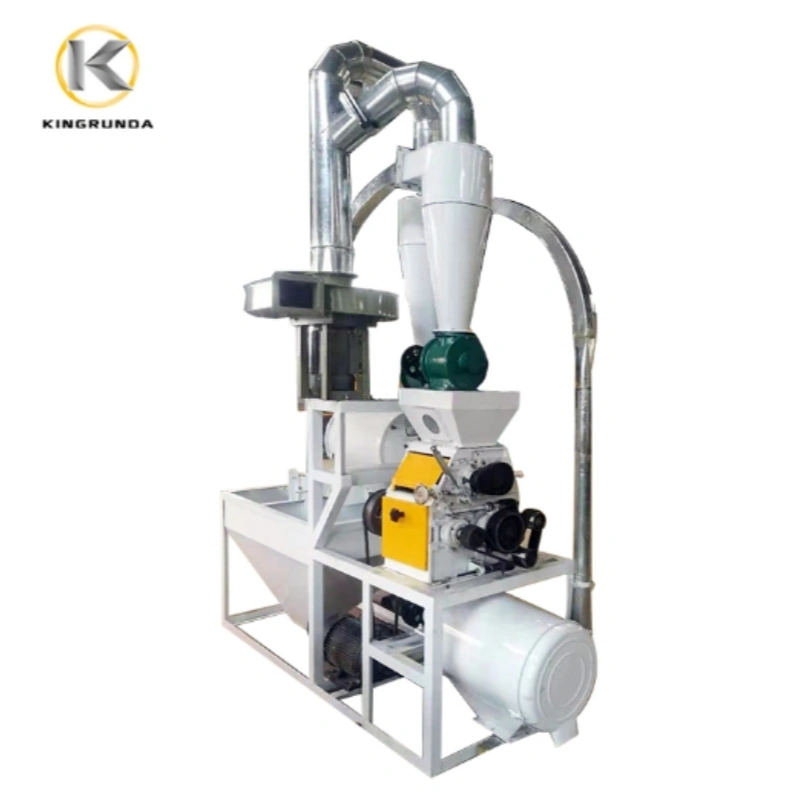
How It Works
Roller mills use pairs of steel rollers to crush wheat kernels into flour. The grain passes through multiple grinding stages, with each set of rollers refining the flour further. Industrial versions may include plansifters to separate bran and germ for white flour production.
Pros
✔ High Efficiency – Processes large quantities quickly (ideal for bakeries and factories).
✔ Consistent Flour Quality – Produces uniform, finely ground flour with adjustable textures.
✔ Scalable – Available in small benchtop models to full industrial systems.
✔ Lower Labor Needs – Automated systems reduce manual work compared to stone mills.
Cons
✖ Higher Cost – Industrial roller mills require significant investment.
✖ Reduced Nutrient Retention – The bran and germ are often separated, reducing whole-grain benefits.
✖ Complex Maintenance – Rollers must be precisely aligned, and machines need regular cleaning.
Best For:
Commercial bakeries and food manufacturers.
Large-scale flour production (50kg/hour to tons per day).
Businesses prioritizing speed and consistency over whole-grain nutrition.
3. Impact Mill (Electric Hammer Mill)
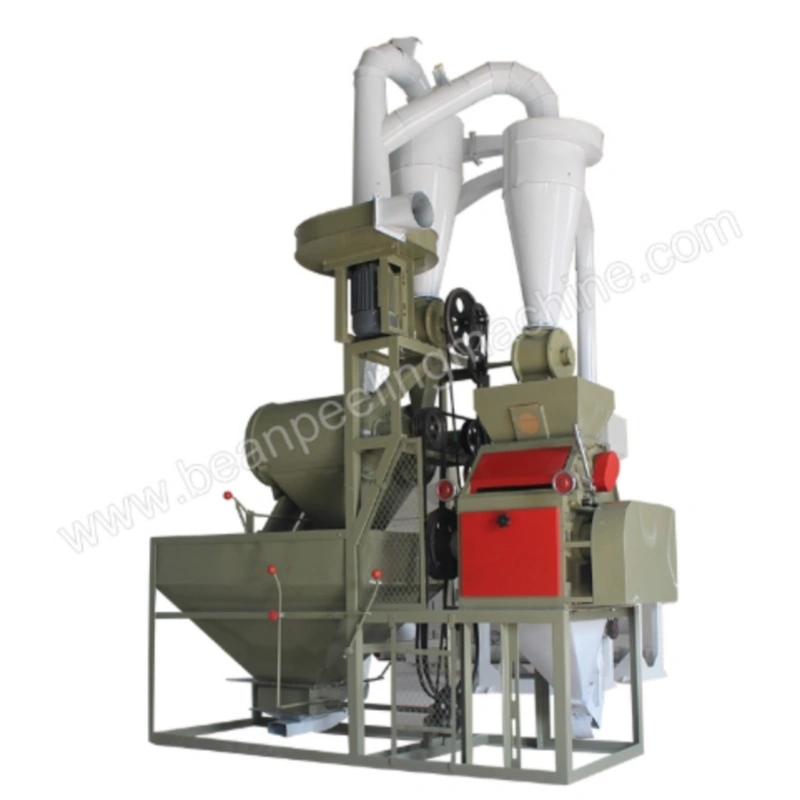
How It Works
An impact mill (or hammer mill) uses high-speed rotating blades to pulverize wheat grains into flour. Unlike stone or roller mills, it relies on impact force rather than grinding or crushing.
Pros
✔ Compact & Affordable – Takes up less space than roller mills; budget-friendly for small businesses.
✔ Fast Processing – Grinds grains in seconds, making it ideal for quick batches.
✔ Multi-Purpose – Can also grind spices, herbs, and dried foods.
Cons
✖ Noisy Operation – High-speed motors produce significant noise.
✖ Heat Generation – Friction may slightly cook the flour, affecting nutrient content.
✖ Less Consistent Texture – Flour may be coarser than roller-milled varieties.
Best For:
Home users and small bakeries needing fast, affordable milling.
Grinding grains for animal feed or non-food uses.
Those with limited space who need a versatile machine.
4. Home vs. Commercial Wheat Flour Milling Machines
Key Differences| Feature | Home Flour Mills | Commercial Flour Mills |
|---|---|---|
| Capacity | 0.5–5 kg/hour | 50–5,000+ kg/hour |
| Power Source | Manual/Electric (110V) | Industrial (220V/3-phase) |
| Durability | Lightweight, plastic/metal | Heavy-duty stainless steel |
| Automation | Basic controls | Fully automated with PLCs |
| Cost | 50–2,000 | 5,000–100,000+ |
Choosing the right wheat flour milling machine depends on your production needs, budget, and desired flour quality. Stone mills excel in nutrient retention but lack speed, while roller mills dominate commercial production with efficiency and uniformity. Impact mills offer a middle ground for small-scale users.
By understanding these differences, you can invest in a machine that maximizes flour quality, efficiency, and cost-effectiveness—whether for home baking or industrial food processing.
Wheat Flour Milling Machine Price Ranges (2024 Market Overview)
The cost of a wheat flour milling machine varies significantly depending on its type, capacity, and features. Below is a detailed breakdown of current market prices to help you budget effectively for your home or business needs.
1. Home/Manual Machines (50–50–500)
Ideal for small-scale or occasional use, these machines include:
Manual stone grinders (50–50–200) – Traditional, hand-operated mills for whole-grain flour.
Electric home mills (200–200–500) – Compact impact or small roller mills for faster home milling.
Best for: Home bakers, health enthusiasts, and off-grid living.
2. Semi-Automatic Machines (500–500–3,000)
Designed for small businesses or serious home producers:
Tabletop roller mills (500–500–1,500) – Efficient for small bakeries or specialty flour production.
Mid-sized hammer mills (1,000–1,000–3,000) – Faster processing for grains and spices.
Best for: Artisan bakeries, farm-to-table businesses, and small-scale commercial use.
3. Industrial Roller Mills (5,000–5,000–50,000+)
Built for high-volume flour production:
Single-stand roller mills (5,000–5,000–20,000) – Entry-level industrial models.
Full milling systems (20,000–20,000–50,000+) – Automated, large-capacity mills with cleaning, grinding, and sifting functions.
Best for: Flour factories, large bakeries, and food processing plants.
Key Factors Affecting Cost
Brand reputation (Bühler, Alapala, and other premium brands cost more).
Capacity (Higher kg/hour output = higher price).
Material (Stainless steel lasts longer than cast iron).
Automation (Fully automated systems add significant cost).
Additional features (Flour sifters, cooling systems, and digital controls increase price).
While home mills are budget-friendly, commercial machines require a larger investment but offer long-term efficiency. Assess your production needs and choose a machine that balances cost, durability, and performance.
Key Buying Tips for Wheat Flour Milling Machines
Choosing the right wheat flour milling machine requires careful consideration of several factors to ensure optimal performance, cost-efficiency, and long-term reliability. Below are the most important aspects to evaluate before making your purchase.
1. Capacity Needs: Match Output to Your Usage
The milling machine’s production capacity (measured in kg/hour) should align with your intended use:
Home Use (0.5–5 kg/hour): Suitable for occasional baking, manual stone grinders, or small electric mills.
Small Business (5–50 kg/hour): Ideal for bakeries, restaurants, or small-scale flour production.
Industrial (50–5,000+ kg/hour): Required for large-scale flour factories or commercial food processing.
Tip: If you plan to scale up production, invest in a slightly higher-capacity machine to avoid future upgrades.
2. Flour Quality: Choose the Right Milling Technology
Different milling methods produce varying flour textures and nutritional content:
Stone Mills: Best for whole-grain flour, retaining bran, germ, and nutrients. Ideal for health-conscious users.
Roller Mills: Produce refined, uniform flour (white flour) by separating bran and germ. Preferred for commercial baking.
Hammer Mills: Fast but may generate heat, slightly reducing nutrient quality. Suitable for general-purpose milling.
Tip: If you need both whole wheat and refined flour, consider a machine with adjustable settings.
3. Durability: Material & Build Quality
A durable machine ensures longevity and consistent performance:
Stainless Steel: Resists corrosion, easy to clean, and lasts longer (best for commercial use).
Cast Iron: Heavier and sturdy but may rust over time (common in budget-friendly models).
Warranty: Look for at least 1–2 years of warranty for home machines and 3–5 years for industrial models.
Tip: Check customer reviews for real-world feedback on durability.
4. Ease of Use: Operation & Maintenance
Consider how user-friendly the machine is:
Manual vs. Automatic:
Manual mills (e.g., hand-crank stone grinders) are cheaper but labor-intensive.
Automatic electric mills save time but cost more.
Cleaning Requirements: Some machines (like roller mills) require disassembly for thorough cleaning, while others have self-cleaning features.
Noise Levels: Hammer mills are louder than stone or roller mills—important for home or small bakery use.
Tip: If you’re a beginner, opt for a machine with simple controls and minimal maintenance.
5. After-Sales Support & Spare Parts Availability
A reliable supplier ensures long-term usability:
Brand Reputation: Established brands (e.g., Bühler, Alapala, Mockmill) offer better customer service.
Spare Parts: Check if replacement rollers, stones, or blades are readily available.
Technical Support: Some manufacturers provide installation assistance or troubleshooting guides.
Tip: Purchase from authorized dealers to avoid counterfeit or low-quality machines.
Final Checklist Before Buying
✅ Test the machine (if possible) to check flour consistency and noise levels.
✅ Compare multiple brands for price, features, and warranty coverage.
✅ Read customer reviews to identify common issues (e.g., overheating, part failures).
✅ Consider future needs—will you expand production? Choose a scalable machine if needed.
By following these guidelines, you can select a wheat flour milling machine that meets your budget, production needs, and quality expectations. Whether for home use or business, the right choice ensures efficiency, durability, and high-quality flour output.
Top Recommended Manufacturer: Jing Cheng Machinery
When investing in a high-quality wheat flour milling machine, choosing a reliable manufacturer is crucial. Jing Cheng Machinery stands out as a leading supplier and manufacturer based in China, specializing in advanced flour milling solutions for both small-scale and industrial production.
Why Choose Jing Cheng Machinery?
✔ Expert Engineering Team – Their skilled professionals design and produce high-performance milling machines with precision and durability.
✔ Global Customer Base – They have established long-term partnerships with clients in over 20 countries, including the USA, UK, Spain, Sweden, India, Nigeria, and Southeast Asia.
✔ First-Rate Technical Support – Beyond supplying machines, they provide installation guidance, maintenance training, and spare parts support.
✔ Custom Solutions Available – Whether you need a home-use mill or a full industrial plant, they offer tailored solutions.
Proven Reliability Worldwide
Jing Cheng Machinery’s wheat flour milling machines are trusted by businesses across Europe, Africa, and Asia, ensuring consistent flour quality and operational efficiency. Their commitment to innovation and customer satisfaction makes them a top choice for buyers worldwide.
For a dependable, high-quality milling machine, consider Jing Cheng Machinery as your supplier.
Conclusion: Choosing the Right Wheat Flour Milling Machine
Selecting the ideal wheat flour milling machine depends on your specific needs. We've examined the main types—nutrient-rich stone mills, efficient roller mills, and compact hammer mills—along with price ranges from home models (50−50−500) to industrial systems ($5,000+). Key buying factors include capacity, flour quality, durability, and after-sales support.
Before purchasing, evaluate your production scale, budget, and flour requirements carefully. Whether for home baking or commercial use, investing in the right machine ensures high-quality flour and long-term efficiency.
Ready to choose? Review your needs and explore reliable options like Jing Cheng Machinery for trusted milling solutions.
